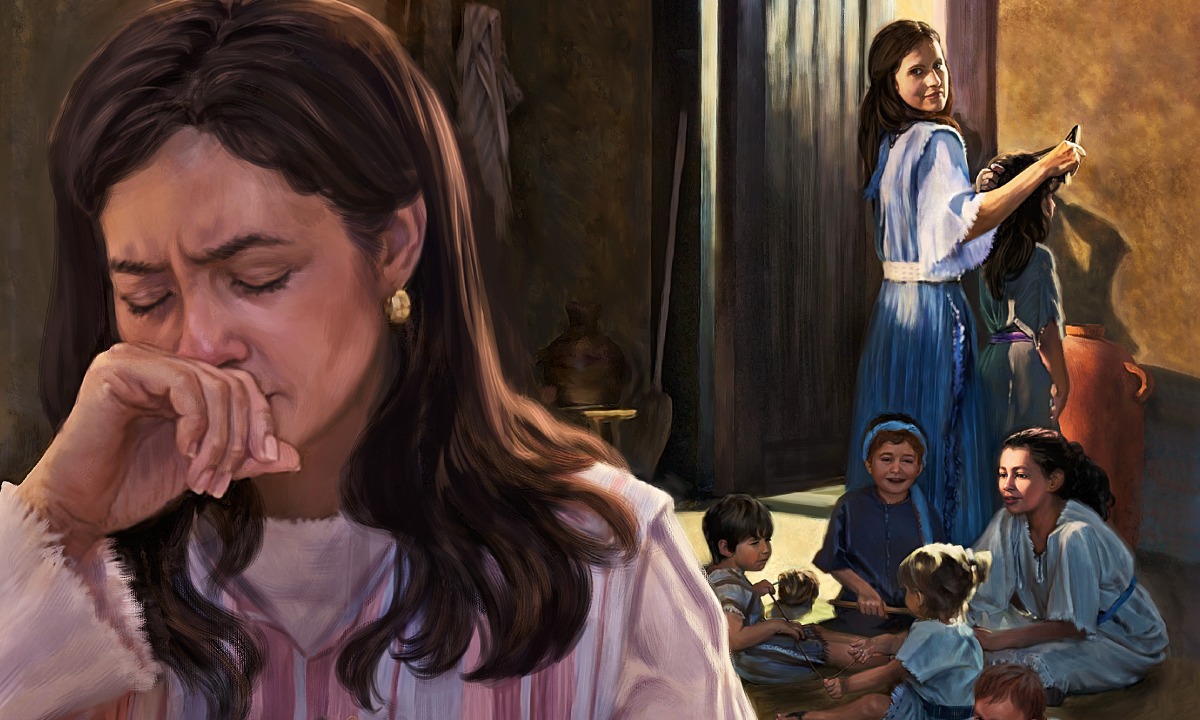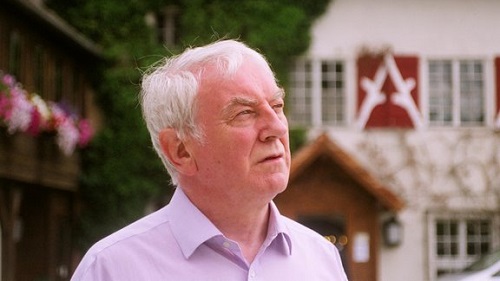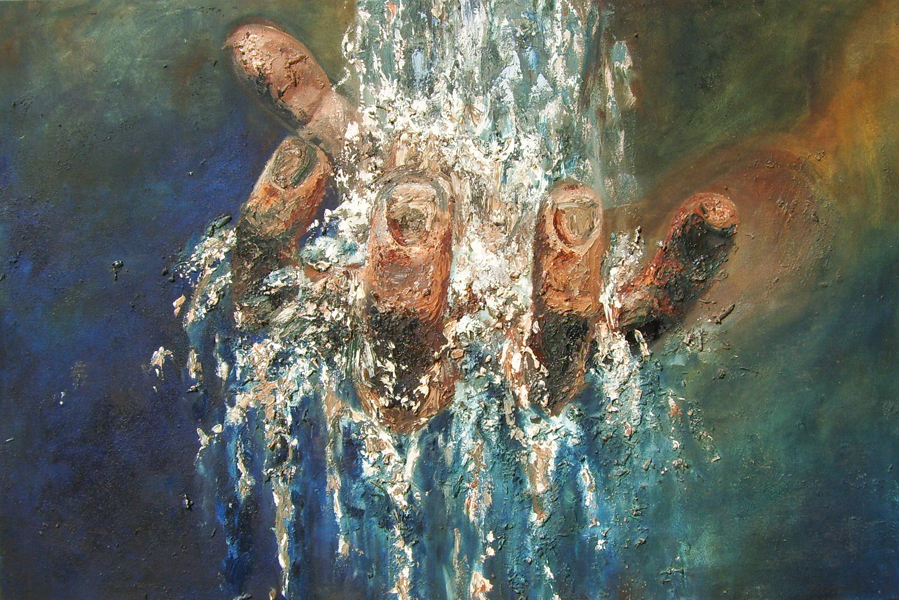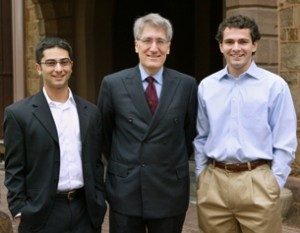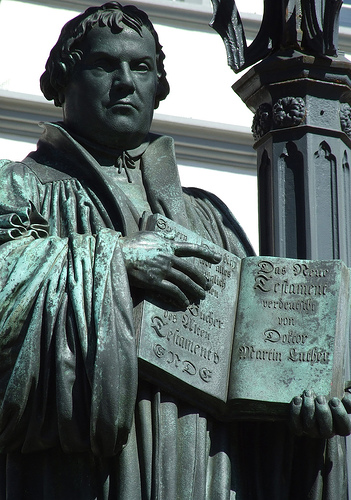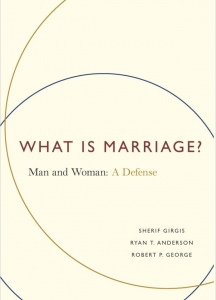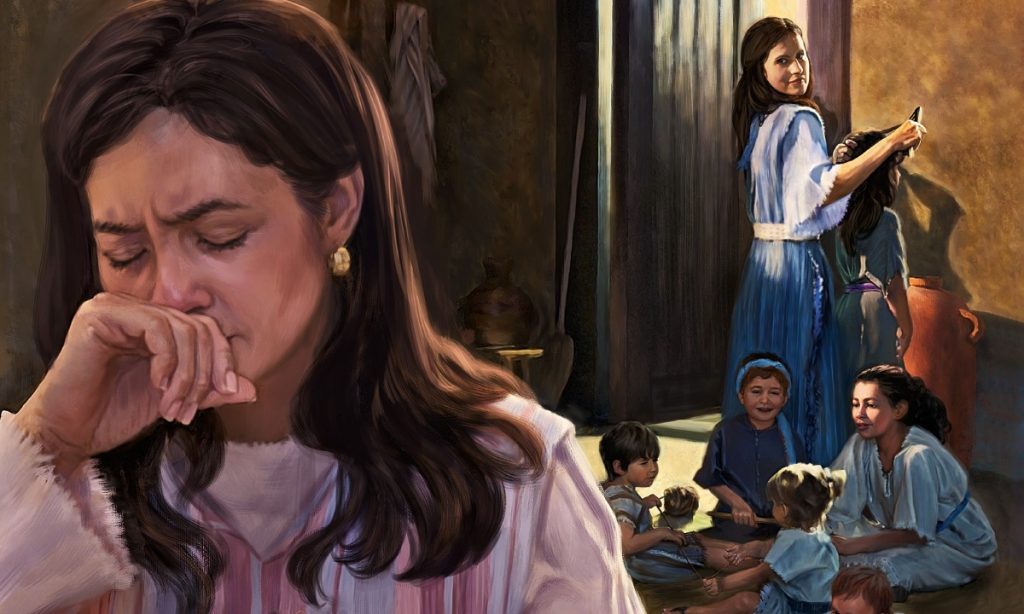Hendrix, Scott H., Martin Luther: Visionary Reformer (New Haven: Yale University Press, 2015). Xxiv + 341pp. ISBN: 978-0-300-16669-9
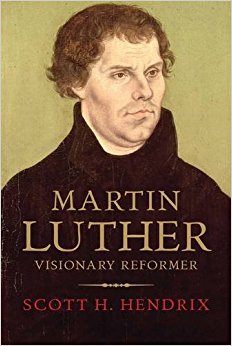 Scott Hendrix, Emeritus Professor of Reformation History at Princeton Theological Seminary, has written an articulate, detailed, and highly readable story of the remarkable life of Martin Luther. The book is divided into two parts. Part one, “Pathways to Reform,” covers the period 1483–1521, while part two, “Pursuit of a Vision” treats 1522–1546. The first part consists of eight chapters that introduce Luther and set him firmly in the context of late medieval Germany. Hendrix’s Luther is very much a normal (sixteenth-century) man, “neither a hero nor a villain, but a human being with both merits and faults” (xi). Drawing on a lifetime of learning, and extensively referencing German, Latin, and English-language sources, Hendrix rejects the “popular version” of the “cliché” or “myth of Luther the hero” (33, 39). Luther did join the monastery against his father’s wishes but whether solely as a result of the storm is doubtful. Although we know he posted his ninety-five theses to Archbishop Albert of Mainz, we cannot be quite as certain that he posted them on the doors of Castle Church. He was not a solitary or isolated figure, but embedded in communities and friendships which functioned as networks of support during the Reformation. Although he did struggle with his conscience, his psychological state must not be over-emphasised. His theological breakthrough was not simply the result of a monk’s desperate search for a gracious God, but also of many years of intellectual and academic development, accompanied with pastoral reflection.
Scott Hendrix, Emeritus Professor of Reformation History at Princeton Theological Seminary, has written an articulate, detailed, and highly readable story of the remarkable life of Martin Luther. The book is divided into two parts. Part one, “Pathways to Reform,” covers the period 1483–1521, while part two, “Pursuit of a Vision” treats 1522–1546. The first part consists of eight chapters that introduce Luther and set him firmly in the context of late medieval Germany. Hendrix’s Luther is very much a normal (sixteenth-century) man, “neither a hero nor a villain, but a human being with both merits and faults” (xi). Drawing on a lifetime of learning, and extensively referencing German, Latin, and English-language sources, Hendrix rejects the “popular version” of the “cliché” or “myth of Luther the hero” (33, 39). Luther did join the monastery against his father’s wishes but whether solely as a result of the storm is doubtful. Although we know he posted his ninety-five theses to Archbishop Albert of Mainz, we cannot be quite as certain that he posted them on the doors of Castle Church. He was not a solitary or isolated figure, but embedded in communities and friendships which functioned as networks of support during the Reformation. Although he did struggle with his conscience, his psychological state must not be over-emphasised. His theological breakthrough was not simply the result of a monk’s desperate search for a gracious God, but also of many years of intellectual and academic development, accompanied with pastoral reflection.
Although by 1517 Luther was “pushing reform on two fronts: academic theology and popular piety” (68), he was not yet the “visionary Reformer” he later became. Only in 1520 did he “turn a corner,” believing that the time had come to “speak out” (89). The decisive change occurred while holed up in the Wartburg. Cast out of the church, released from his monastic vows, officially an outlaw, and in hiding for his life, Luther faced, to put it mildly, an uncertain future which neither he nor his friends nor his protector could fathom (112-113). It was in this liminal space, suggests Hendrix, that Luther became then a man possessed of a new identity, vision and purpose, based on a vision of what Christianity could become – a vision he was now intent on pursuing (115).
In the second part of the book the pace slows a little as Hendrix explores the developments of the Reformation’s progress, and Luther’s role and responses in them. Chapters nine and ten treat the early reforms at Wittenberg, initially without Luther, and later stabilised by his presence. Luther’s reforming movement is presented as a “massive campaign of reeducation” (138), equipping the laity with sufficient theological and devotional frameworks, and knowledge so that their consciences and consequent religious practice were formed and reformed. He was concerned also for marriage as one of the goods of creation given by God, and for the education of children and well-run schools. Thus Luther’s vision included cultural as well as spiritual and ecclesial renewal. It was for these reasons that Luther resisted what he considered false initiatives and directions taken by some of his own associates such Karlstadt and Müntzer. According to Hendrix, the tragedy of the Peasant’s War arose because “Müntzer had his own vision of what Christianity should be” (151)—a radical, politicised and apocalyptic vision of the kingdom of God realised in a purified Christian state. Luther believed the movement stirred by Müntzer was threatening to undo not just the Reformation but the whole social order.
Hendrix identifies 1525 as a pivotal year during which the profile of the German Reformation began to change from a populist movement driven from the bottom up, to a more formal institutional movement of renewal with momentum coming from the top down. That is, after 1525 the civil authorities began to bring the reforming energies under control. “As a rule, historians have lamented the shift from populist movement to government-authorized reforms, but for the most part Luther did not” (173): the Reformation required the support and protection of the civil authorities if it were not to be put down by its powerful opponents.
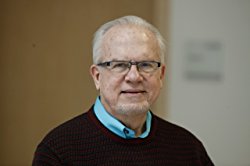
Luther wanted release from hierarchical control and false beliefs, but not from worship, order, faith, sacraments, and word. Evangelical worship would be “informal and spontaneous,” arising from the communal experience itself and not imposed from above. Religion would not be confined to churchgoing but would spill over into daily life. Hendrix acknowledges that Luther’s vision resembled the ideal of monastic life stripped of celibacy and the demand for perfection: “Luther never completely abandoned the monastic ideal. The man left the monastery, but the monastery never left the man” (176).
Luther, of course, did not pursue his vision alone. Without Staupitz, Philip of Hesse, his many associates and those who took up the cause in other towns and regions, his Reformation would not have succeeded. In particular, Hendrix notes the crucial role played by Melanchthon—even in Luther’s mind:
For this I was born: to fight and take the field against mobs and devils. Therefore many of my books are stormy and war-like. I must pull out the stumps and roots, hack away at thorns and thistles, drain the swamps [!]. I am the coarse woodsman who must blaze a new trail. But Master Philip comes neatly and quietly behind me, cultivates and plants, sows and waters with joy, according to the gifts that God has richly given him (215).
“Luther was the bushwhacker willing to reject and condemn everything contrary to the gospel and let God take care of the consequences. Melanchthon was the gardener willing to cultivate an agreement between opposing sides so long as it did not silence the gospel” (219). In the end, both were needed and both played their part.
The issue that dominated Luther’s thought in the final years of his life concerned the identity of the true church. In Luther’s view, the rise of Protestantism was not a split from the Roman Catholic Church, but the preservation of the true church which had always existed. It was the Roman hierarchy which had betrayed true Christianity and as such had become a false church (268). In reality, however, Hendrix argues that it was practical issues—the lived spirituality—of the different groups that hindered reconciliation, rather than the politics or theology of the day. Even when some rapprochement appeared possible, neither Catholics nor Protestants were “willing to budge on the same practical issues that had divided them since the ninety-five theses of 1517: indulgences, celibacy of priests, enumerating sins at private confession, private masses, and so forth” (262). “Doctrines were discussable because they were concepts that mattered mainly to theologians; but religious practices were not negotiable because they gave access to the presence and power of the divine, and that access was the reason religion existed” (221). Where the divine is concerned, where everything is at stake, compromise becomes impossible.
In his Martin Luther’s Theology Bernhard Lohse remarks that attempts to characterise Luther typically reflect the theology and values of the interpreter as much as those of Luther himself (3, 6). Hendrix locates the centre of Luther’s theology and reforming vision in the idea of freedom. “Freedom for Luther meant living bound to Christ, and that freedom made him much more than a protester against indulgences or a critic of the pope. Now he was a man with a larger vision of what religion could be and a mission to realize that vision by making other people free” (115). While other interpreters might locate this centre elsewhere, Hendrix’s proposal at least has substantial warrant from Luther’s own works and words. This is an excellent biography that not only introduces Luther the reformer but also humanises Luther the man. It is likely that all interested persons, from Luther scholars to laity, will find here much to consider, inform, and inspire.
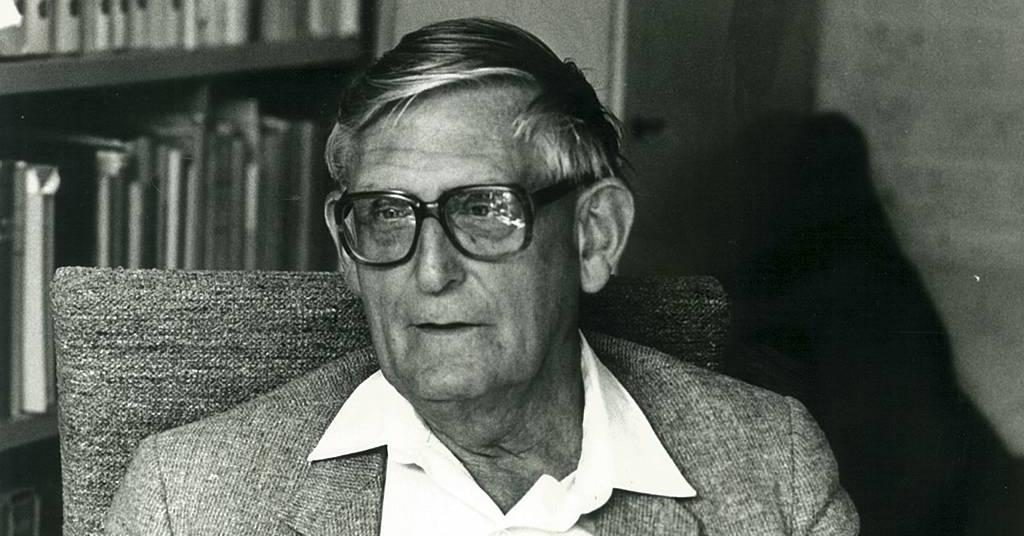 Although I cannot agree with some aspects of Berkhof’s christology, I have long appreciated his brief chapter on Jesus’ Life and Humanity (Christian Faith, 293-299).
Although I cannot agree with some aspects of Berkhof’s christology, I have long appreciated his brief chapter on Jesus’ Life and Humanity (Christian Faith, 293-299).